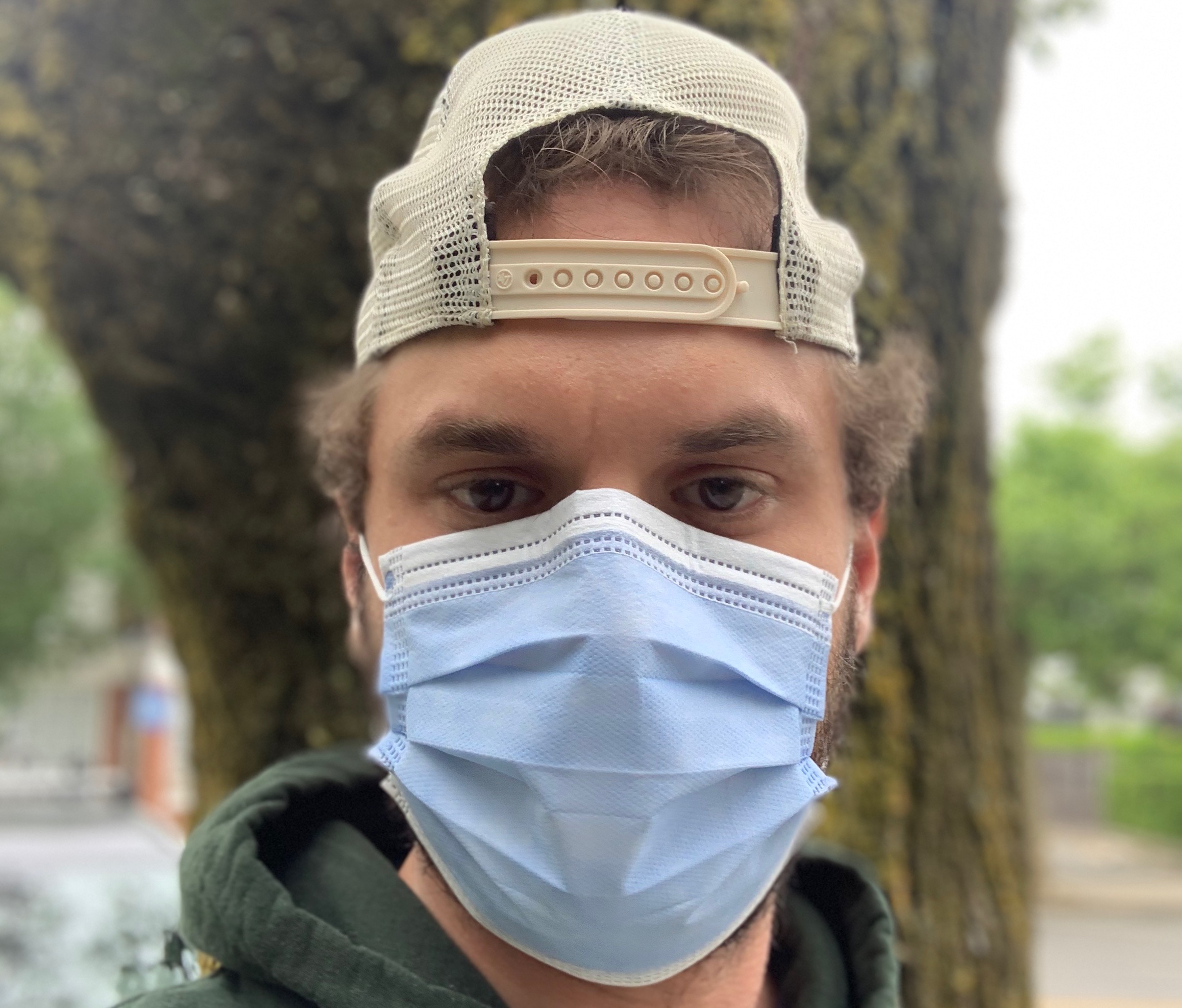Last week I read Somer Love’s blog about PFT, or Pulmonary Function Test, Anxiety.
The PFT is the gold standard of gauging lung health I respiratory illness. In many ways a patient’s visit to CF clinic revolves around the PFT.
From CFF:
An important result of your PFT is the FEV1 (forced expiratory volume). This measures how much air you can forcefully breathe out of your lungs in one second. This is a way to measure your lung function. FEV1 is a good measure of how much mucus is blocking your large airways.
The PFT also measures other points of reference in the airways, but when you hear people talking about their PFT scores (measured in percentage points), they are usually referring to their FEV1 score. This FEV1 result can have a huge impact on the outcome of a patient’s clinic visit. If the number takes a significant dive, it’s usually indicative of a respiratory issue, which often requires some sort of action. Conversely if it goes up, the patient’s course of treatment has worked or some other force at play is improving the patient’s health.
Generally speaking a person’s FEV1 puts him into different stages of lung disease. People often refer to a score >80% as mild or normal lung function and a score of <30% FEV1 as end stage lung disease. As one would expect, since CF is a progressive illness, a CF patient’s lung function deteriorates over the course of his life.
An FEV1 score can also qualify, or disqualify, a patient from gaining entry into a clinical trial. Beyond that FEV1 scores are often a main point of study in clinical trials.
Basically the PFT, and thus the FEV1, has sort of become this end all, be all number that patients encounter throughout our lives – more specifically, a number that slowly goes down throughout the course of our lives until it’s time for a lung transplant.
Somer is 100% right when she says:
Seeing the numbers and facing the reality of what percentage of lung power I have left can be somewhat discouraging, especially since I prepare every minute of every day for these tests. I really try so hard not to focus on the numbers, but so much rides on the results that it makes it difficult not to.
I share her feelings just about every time I sit down for a PFT. In fact there was a point in time a few years ago when I resented the PFT to the point where I saw it as more of a nuisance than as a tool designed to help me. If I remember correctly, I was in a clinical trial that required patients to do a PFT every morning and every night on a hand held PFT device for several weeks.
After about a week I was totally fed up with the device. For someone with CF whose PFT’s have deteriorated quite a bit, the PFT is a very uncomfortable thing to do. Typically it takes me about 15 minutes to do 3 or 4 “efforts” simply because I find myself coughing and gagging after each effort – the test requires patients to breathe out as hard as they can, which, unsurprisingly, forces mucus out of our lungs.
Over time we develop a “technique” and figure out little tricks to make the PFT go up, even if it’s just a point.
During that trial, though, I had a moment of clarity. To that point I had never done a PFT more regularly than I was doing, and had never hated it as much, but one day I realized that the PFT is, in fact, just a number.
Regardless of how I did on my daily PFT’s, my life was going to continue. There wasn’t some higher being that was going to strike me down for sucking on my PFT. Nor was there going to be some sort of reward for doing the best PFT imaginable.
So I want to reassure everyone that the PFT is just a number.
And it’s a number that is often used incorrectly.
It is a small glimpse into a patient’s overall health that is surrounded by countless variables. I discovered that my PFT was often better in the afternoon than it was in the morning. I do better on cool days than I do when it’s 90 degrees and humid. For whatever reason I coughed less during my evening PFT than I did during my morning PFT throughout the clinical trial.
In my opinion the PFT is a window into our lungs, but far from the full story. The bottom line is that it’s pretty easy for someone to tell if he or she can or cannot breathe. There really isn’t a grey area there. Signs of infection are also very apparent. Once a patient becomes comfortable with his or her body, it’s hard for an issue to sneak up on someone. It really just comes down to being honest with your health.
I’ve really only ever been surprised by my PFT number a handful of times since I switched over to adult care. I can say with near certainty that I could predict the outcome of my PFT test moments before actually doing it.
To that point I rarely share my PFT numbers with anyone, if at all. I can’t remember the last time I told my PFT scores to my parents. When they ask how my PFT’s were at clinic I say, same, up or down. It’s not really an effort to shield them from the reality that my lungs are slowly declining; it’s because I know how to gauge my overall health. I tell my parents, friends, or whomever else about the overall outcome of my clinic visit, which also includes my weight, oxygen saturation, blood word, diabetes testing, the doctor listening to my lungs, an occasional X-Ray or anything else. I spare people the nitty gritty details.
Those are for me.
I know that I am able to have good clinic visits despite a down PFT score. Just like I am able to have bad clinic visits regardless of an up PFT score.
My overall health is the only thing that matters, not the score from a computer.
If you have PFT anxiety like Somer and I, you should talk to your doctor about it. Figure out a way to make the PFT a small part of the clinic visit, not the most important part. I’ve talked to far too many doctors about this, and the vast majority of them agree with me. Remember they are there to help you, and they want to make your visit as easy as possible for you so that can use the information available to help better yourself.
It’s kind of like the dentist. Everyone hates the dentist, but the dentist doesn’t hate you. They want your teeth to be clean regardless of how many Snickers you want to eat.





